The Pink Dolphin – A Marvel of the Ocean
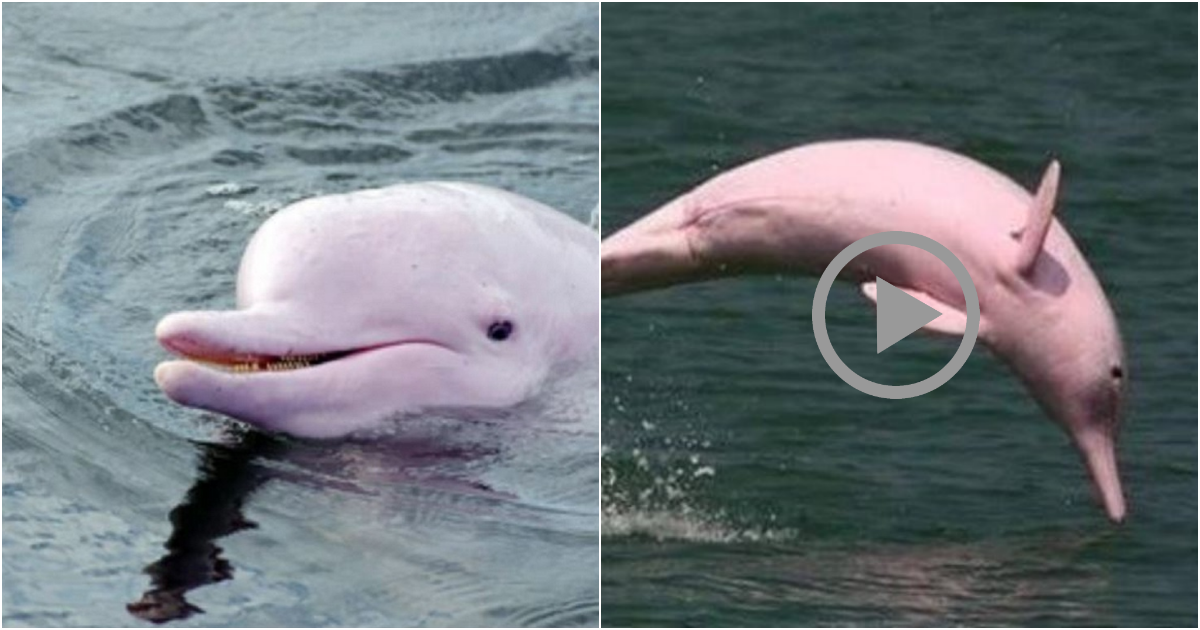
The ocean is a vast and mysterious realm teeming with extraordinary creatures, and among them, the pink dolphin stands out as a truly captivating marvel. Also known as the Amazon river dolphin or boto, this unique species inhabits the rivers and tributaries of South America, primarily found in the Amazon and Orinoco basins. With its enchanting pink hue and graceful demeanor, the pink dolphin is a fascinating and iconic creature that continues to capture the imagination of both locals and visitors alike.
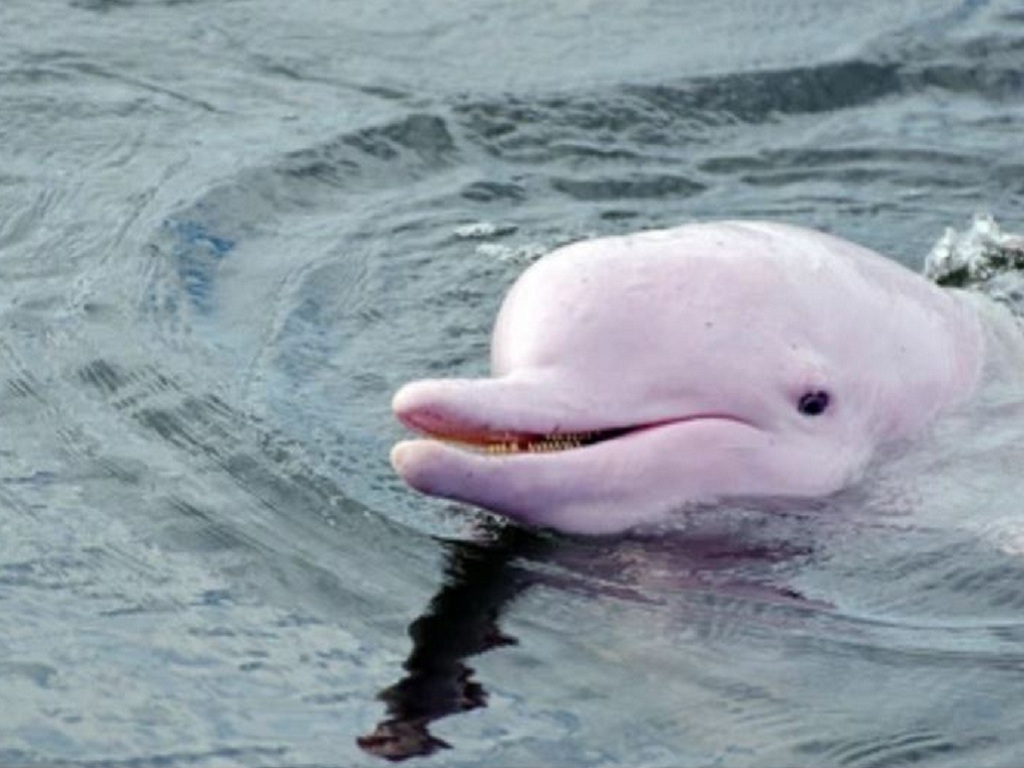
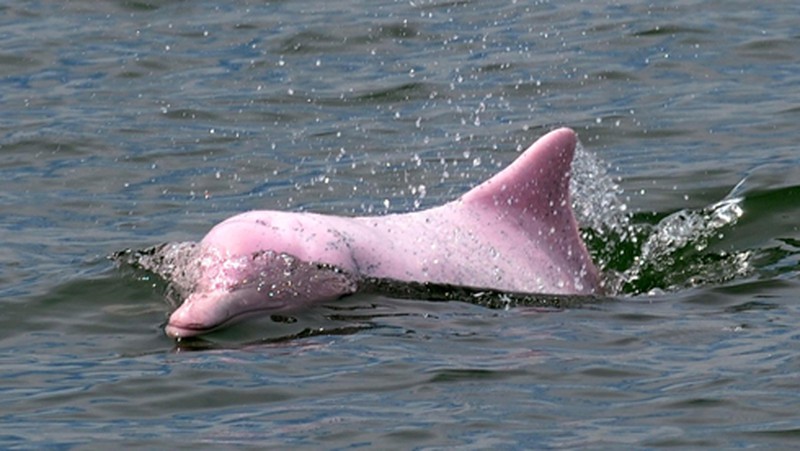 Apart from their stunning appearance, pink dolphins possess a remarkable intelligence and adaptability that allows them to thrive in their freshwater habitat. They are highly social animals, living in tight-knit groups called pods. Within these pods, they communicate using a variety of clicks, whistles, and body movements, showcasing their complex and intricate language. Their intelligence is further demonstrated by their ability to navigate the intricate river systems and find food sources, such as fish and crustaceans, with remarkable precision.
Apart from their stunning appearance, pink dolphins possess a remarkable intelligence and adaptability that allows them to thrive in their freshwater habitat. They are highly social animals, living in tight-knit groups called pods. Within these pods, they communicate using a variety of clicks, whistles, and body movements, showcasing their complex and intricate language. Their intelligence is further demonstrated by their ability to navigate the intricate river systems and find food sources, such as fish and crustaceans, with remarkable precision. 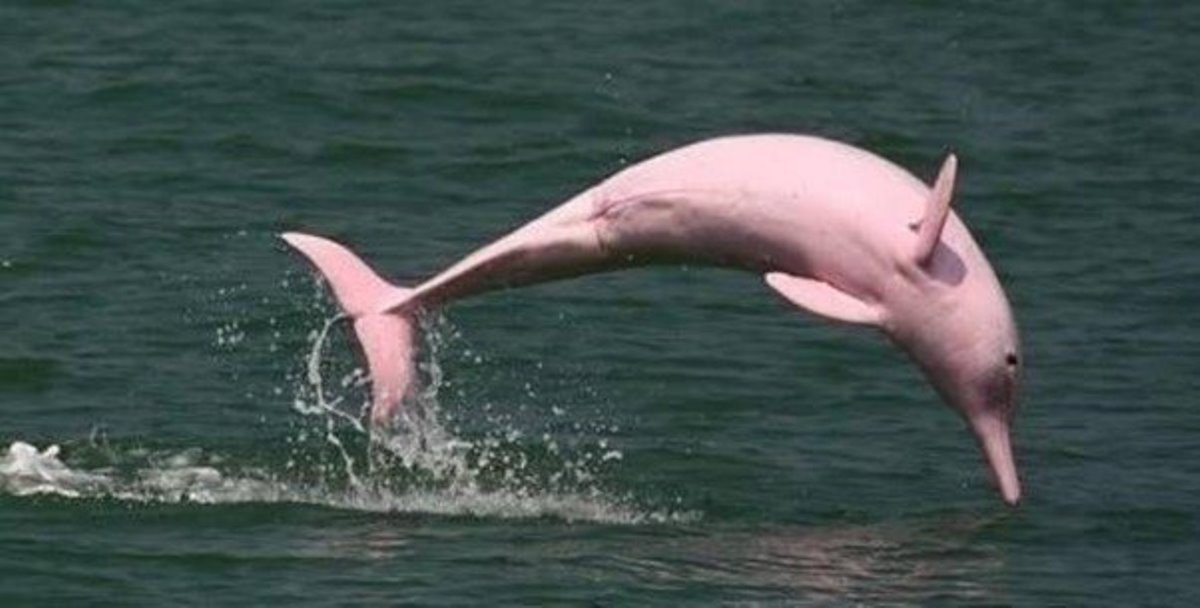 Despite their cultural significance and ecological importance, pink dolphins face numerous threats. Habitat degradation, pollution, and overfishing pose significant risks to their survival. The construction of dams and waterway development disrupts their natural habitat, while pollution from agricultural runoff and mining contaminates the water they depend on. Additionally, entanglement in fishing nets and accidental capture also contribute to their declining populations.
Despite their cultural significance and ecological importance, pink dolphins face numerous threats. Habitat degradation, pollution, and overfishing pose significant risks to their survival. The construction of dams and waterway development disrupts their natural habitat, while pollution from agricultural runoff and mining contaminates the water they depend on. Additionally, entanglement in fishing nets and accidental capture also contribute to their declining populations. 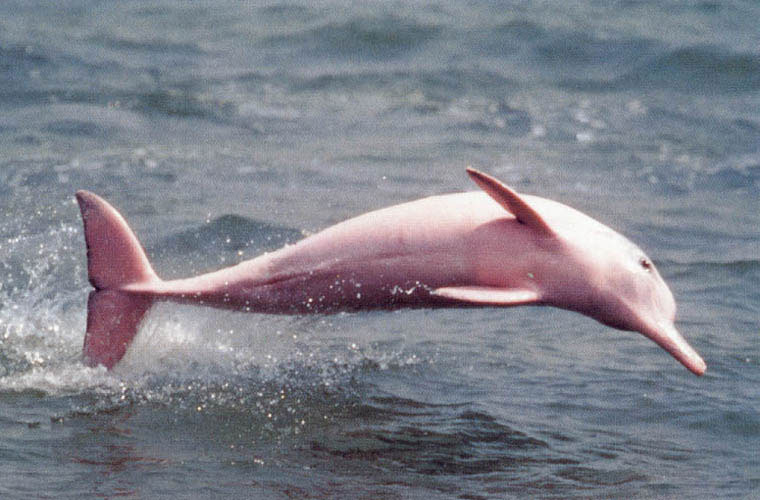 Fortunately, there are ongoing initiatives dedicated to protecting and conserving pink dolphins. Environmental organizations, local communities, and governments are working together to raise awareness, implement sustainable fishing practices, and establish protected areas. Educational programs aim to inform the public about the importance of preserving these unique creatures and their fragile ecosystem.
Fortunately, there are ongoing initiatives dedicated to protecting and conserving pink dolphins. Environmental organizations, local communities, and governments are working together to raise awareness, implement sustainable fishing practices, and establish protected areas. Educational programs aim to inform the public about the importance of preserving these unique creatures and their fragile ecosystem. 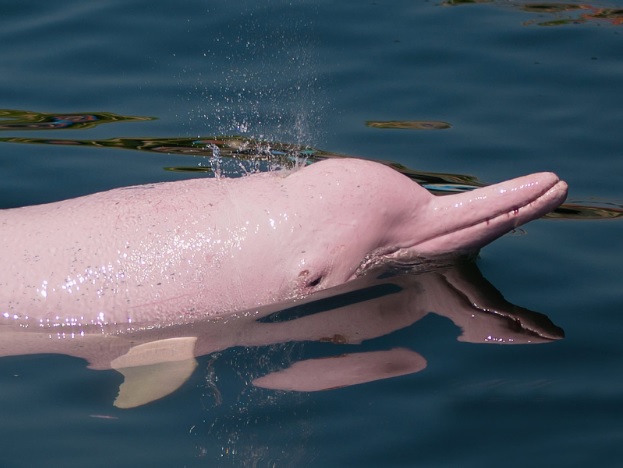 Observing and encountering pink dolphins in their natural habitat is a truly awe-inspiring experience. Many eco-tourism operators offer responsible and ethical dolphin-watching tours, where visitors can appreciate these gentle creatures without causing harm or disturbance. These experiences not only provide a sense of wonder and appreciation for the natural world but also contribute to the local economy and incentivize conservation efforts.
Observing and encountering pink dolphins in their natural habitat is a truly awe-inspiring experience. Many eco-tourism operators offer responsible and ethical dolphin-watching tours, where visitors can appreciate these gentle creatures without causing harm or disturbance. These experiences not only provide a sense of wonder and appreciation for the natural world but also contribute to the local economy and incentivize conservation efforts. 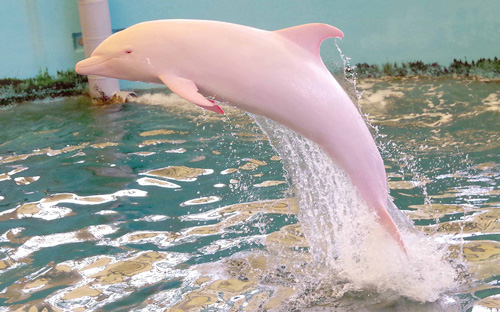 The pink dolphin, with its enchanting appearance and intelligent nature, is an extraordinary inhabitant of South America’s river systems. With ongoing conservation efforts and public awareness, we can ensure the continued existence of these captivating creatures for generations to come. The pink dolphin serves as a reminder of the diversity and splendor of our planet’s wildlife, urging us to protect and cherish the wonders of the natural world.
The pink dolphin, with its enchanting appearance and intelligent nature, is an extraordinary inhabitant of South America’s river systems. With ongoing conservation efforts and public awareness, we can ensure the continued existence of these captivating creatures for generations to come. The pink dolphin serves as a reminder of the diversity and splendor of our planet’s wildlife, urging us to protect and cherish the wonders of the natural world. 



